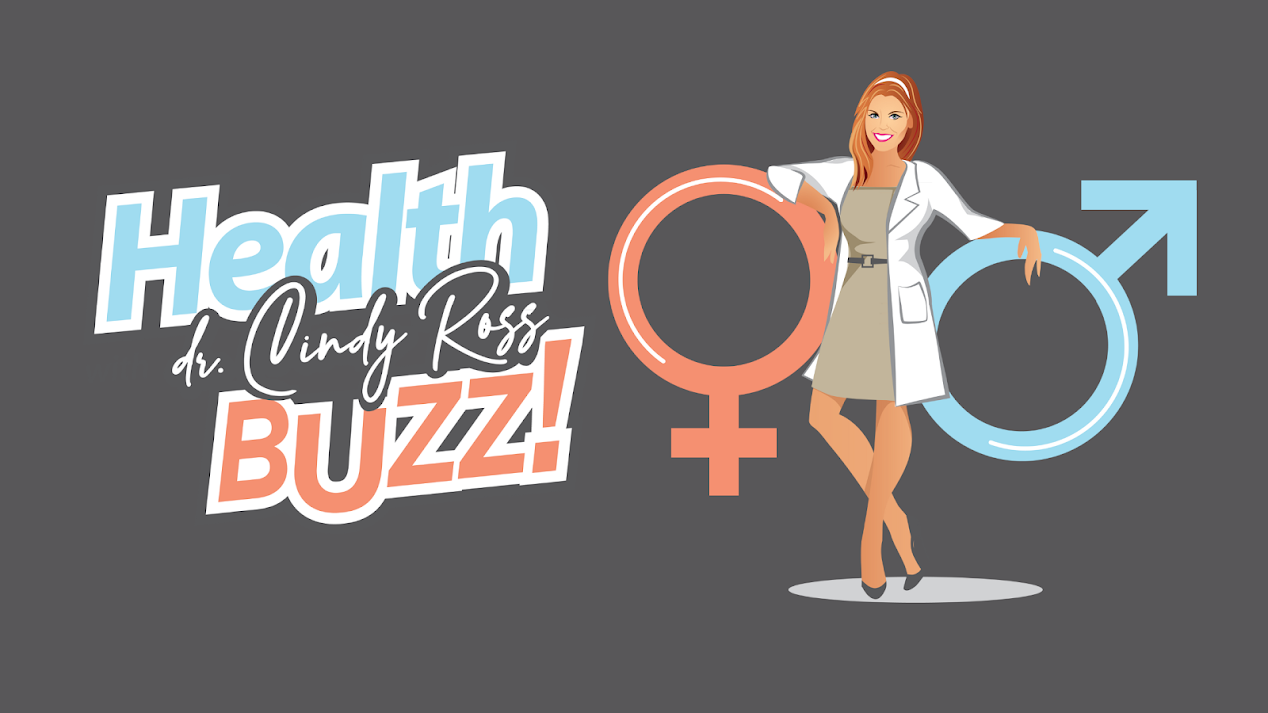As Promised By The Fat To Fit Radio Show...
Typical Fitness Questions
Q: What Is the Best Way to Lose Fat?
Exercise moderately. Nutrition is everything. Gradually cut back on all bad fats while strategically cutting back on carbohydrates. Do more of HIIT Training, weight training, and do a range of aerobic activities. It is also important to stay hydrated and drink at least a gallon of water per day.
Q: Is it better to work out upper body or lower body first?
Lower body usually involves cardio- which makes you tired. Cardio will wear you out if you do it first, making you lazier and more prone to injury during your upper body session. You can also split up your workout doing upper body one day and lower body the next.
Q: Do I Need to Take Dietary Supplements?
Q: How many calories do I REALLY need?
To maintain weight, It's based on your age, activity level, and the BMI (body-mass index) of 21.5 for women and 22.5 for men.
To lose weight -- about 1 pound a week -- reduce total calories by 500 a day.
To gain weight, add 500 calories per day for each pound you want to gain per week.
Q: What Is the Difference Between Weight Machines and Free Weights?
Both machines and free weights can be part of a good resistance training routine it really depends on preference/goal. Free-weights for example are Dumbells, Barbells, Medicine Balls, etc. Free weights, with their extreme versatility are the ultimate tool for both structural and functional goals. However, machines will isolate a muscle better than free weights will.
Otherwise known as delayed onset muscle soreness. When muscles are repeatedly stretched and stressed, small microtears occur within the muscle fibers, usually leading to inflammation. In the days following a tough workout, the body starts rebuilding itself by creating new, stronger muscle fiber to compensate for the damage (making it better, stronger, faster). And so the soreness we perceive is caused by inflammation within the muscle during this rebuilding cycle. Soreness is a natural effect of exercise and a sign muscles are benefiting from all that hard work.
Q: How Do I Get Rid of These Flabby Arms?
Building strong biceps, triceps and shoulders will give you muscle definition and rid you of flabby arms. Try to dedicate 10 minutes a day to an arm exercise routine and remember to stretch both before and after you exercise to avoid injury and tight muscles. Try a combination of bicep curls, bent over rows, tricep kickbacks, shoulder presses and plank holds.
Q: How Often Should I Work Out?
If you want to get in great shape go to the gym and train hard six days per week. If you can only workout 2-3 days due to a hectic schedule is still better than 0. Prioritizing your time and goals is important to making gains and seeing results.It is always easier to make time for what is important to you than it is to make excuses. All you need is 30 minutes a day for a good workout.
Q: What is Whey Protein good for?
Q: What is Whey Protein good for?
Weight Loss, Assists in increasing in muscle mass, Assist in cancer treatment, Increase in glutathione levels (your body’s main water-based anti-oxidant), Decrease in triglycerides, Decrease in total cholesterol while increasing HDL (good cholesterol), Increase in immune system function, Increase in power in sports, Decreased recovery time and symptoms of over-training.
"Whey Protein Benefits, Risks, & Top Picks - BuiltLean." BuiltLeancom Whey Protein Benefits Risks Top Picks Comments. N.p., 16 Mar. 2012. Web. 17 Mar. 2015.
"How Many Calories Do You Need to Lose Weight, Maintain Weight, and Gain Weight." WebMD. WebMD, 19 Mar. 2015. Web. 19 Mar. 2015.
"Whey Protein Benefits, Risks, & Top Picks - BuiltLean." BuiltLeancom Whey Protein Benefits Risks Top Picks Comments. N.p., 16 Mar. 2012. Web. 17 Mar. 2015.
"How Many Calories Do You Need to Lose Weight, Maintain Weight, and Gain Weight." WebMD. WebMD, 19 Mar. 2015. Web. 19 Mar. 2015.


No comments:
Post a Comment
Thanks for taking the time to check out my blog!